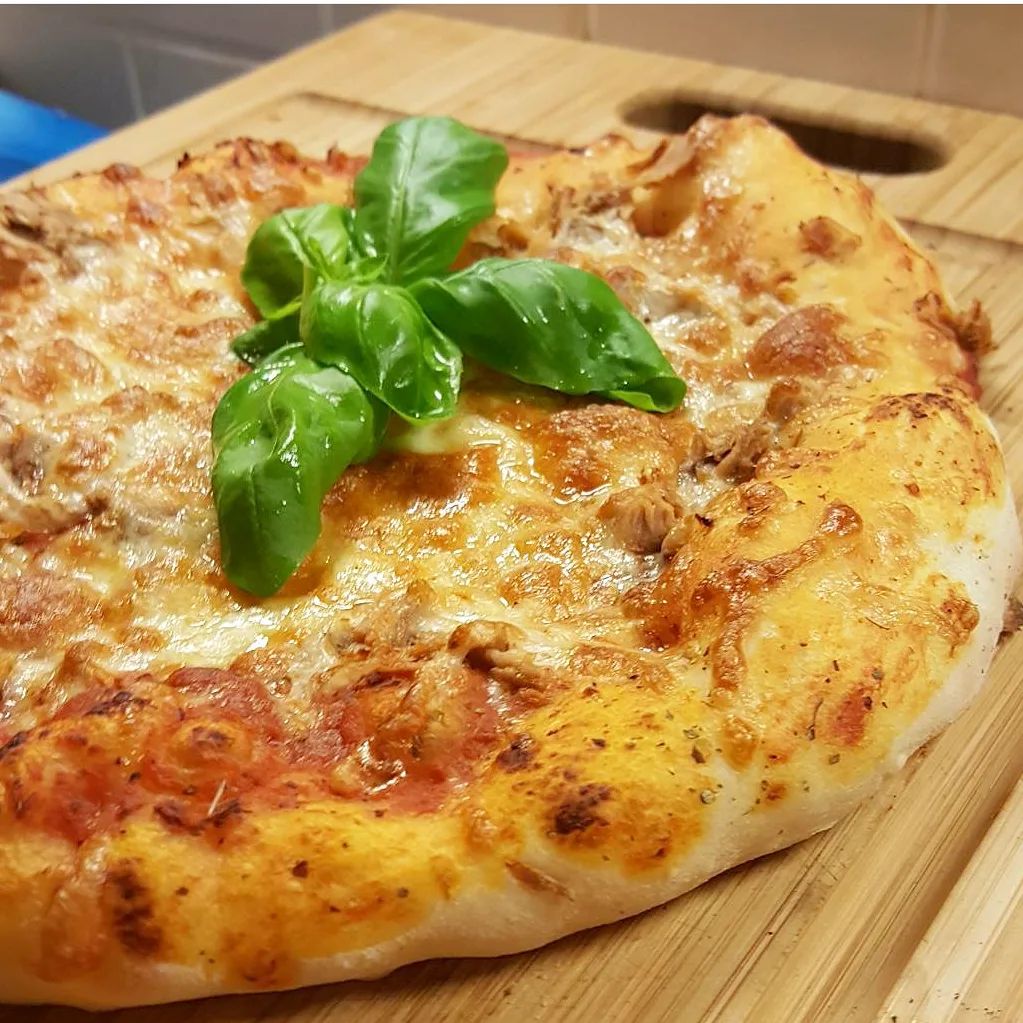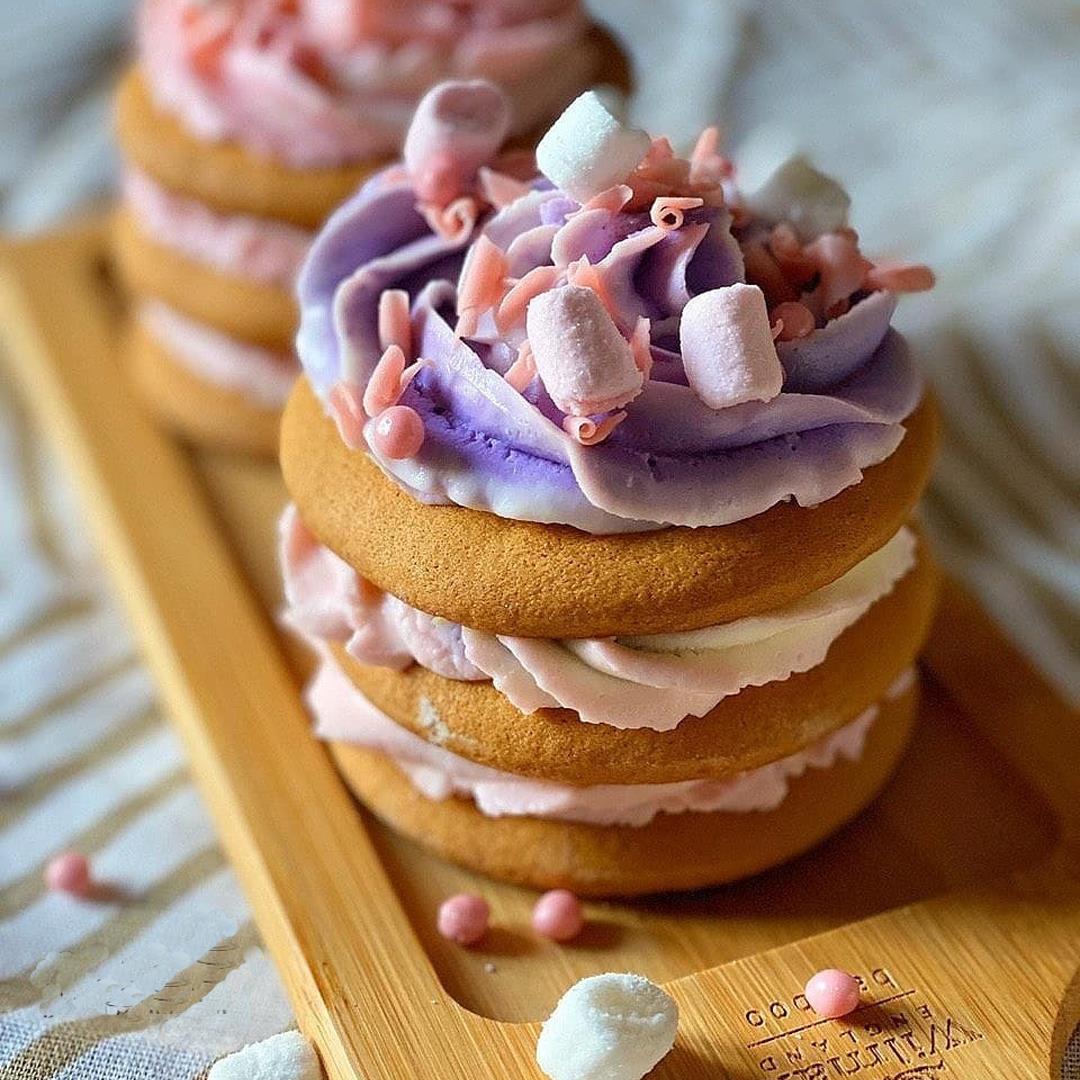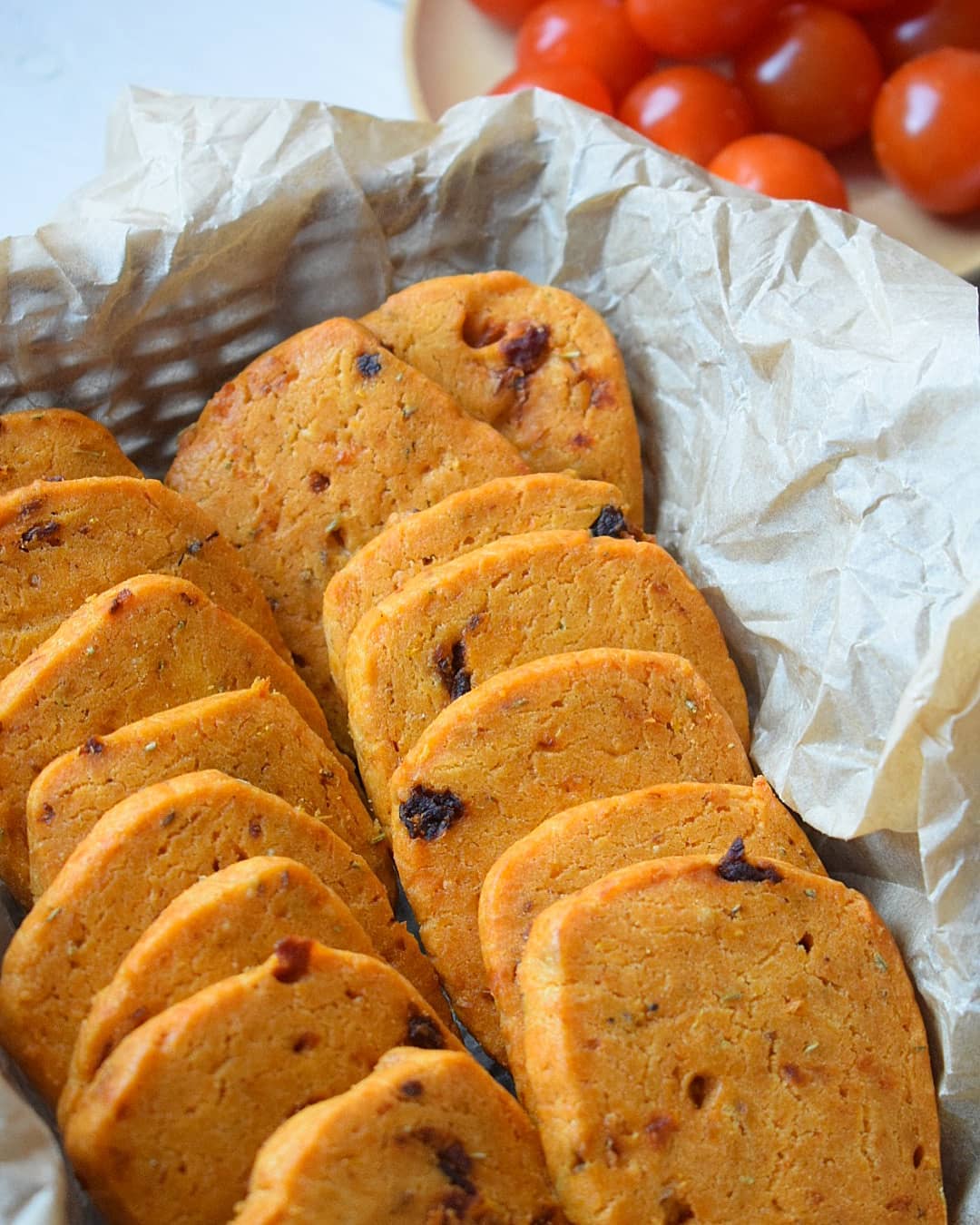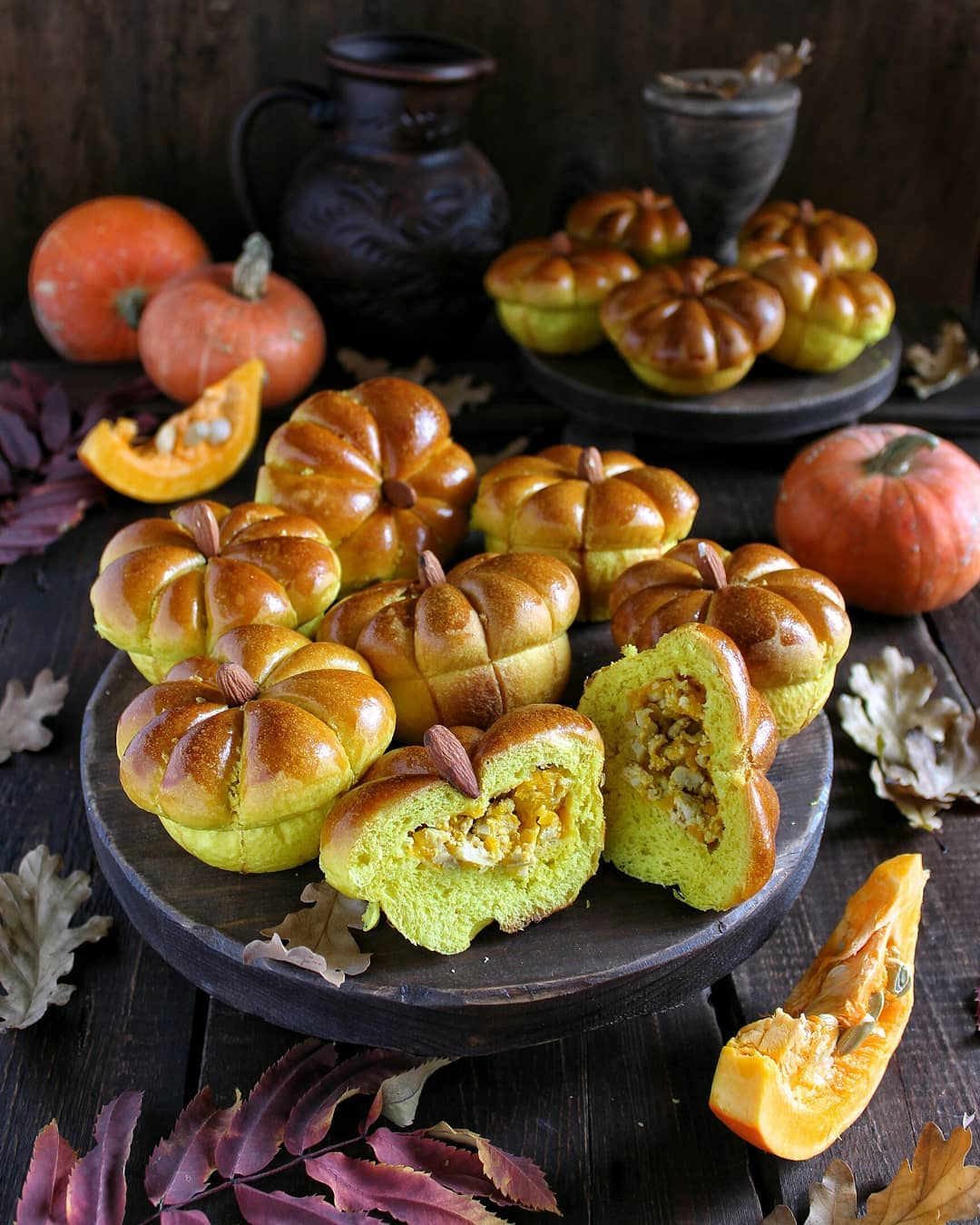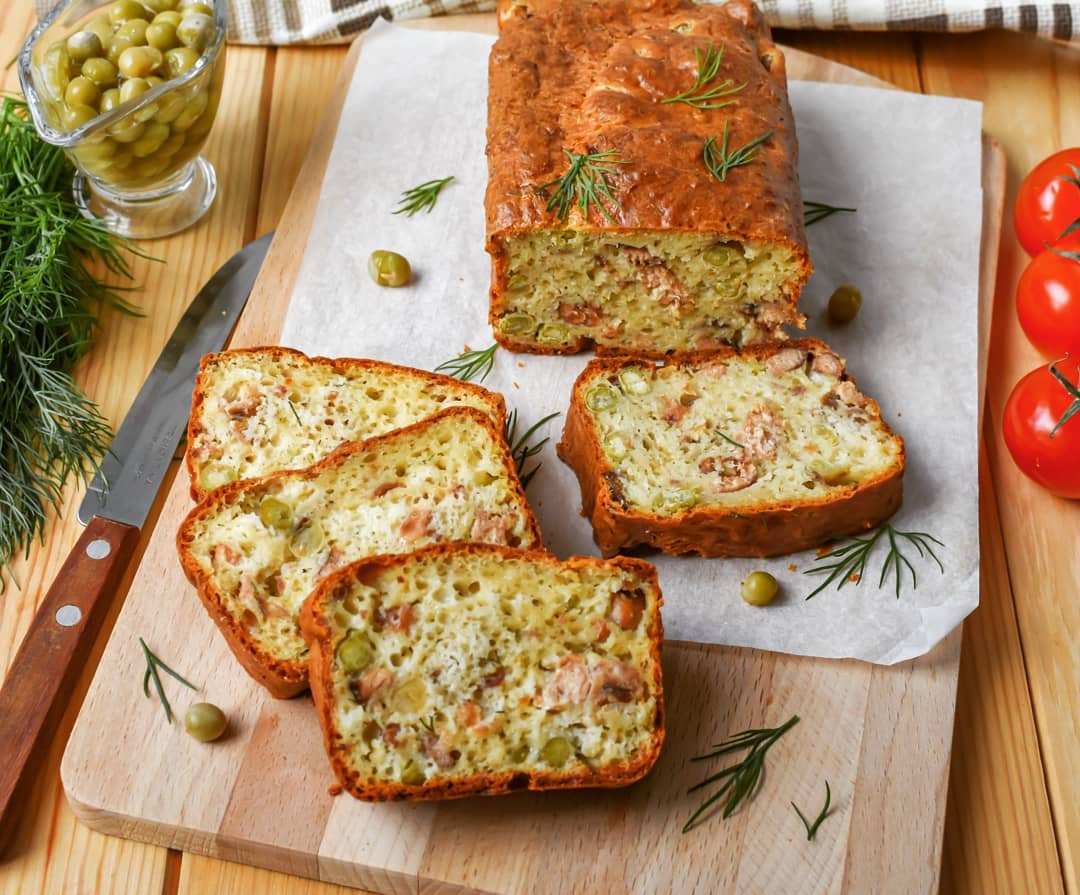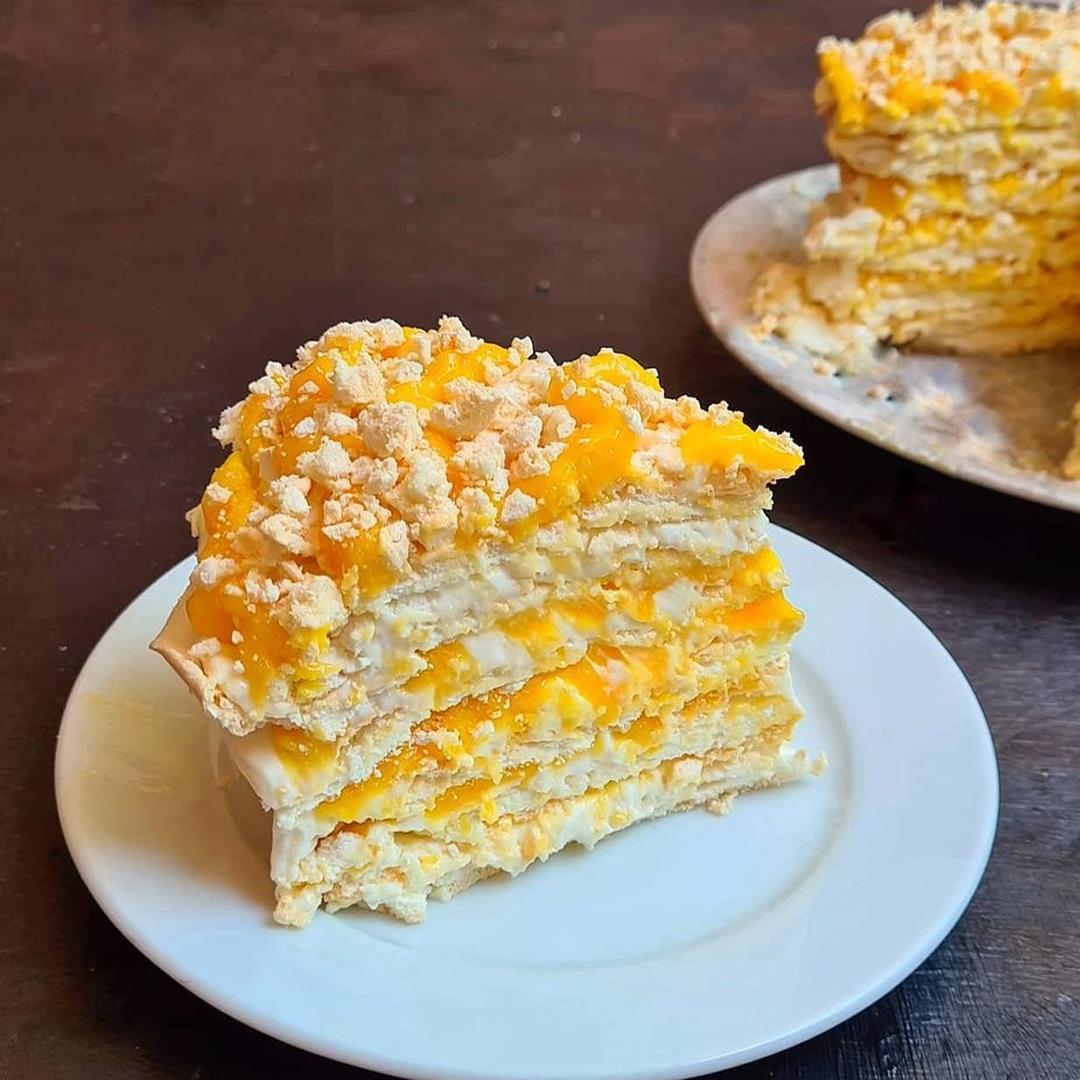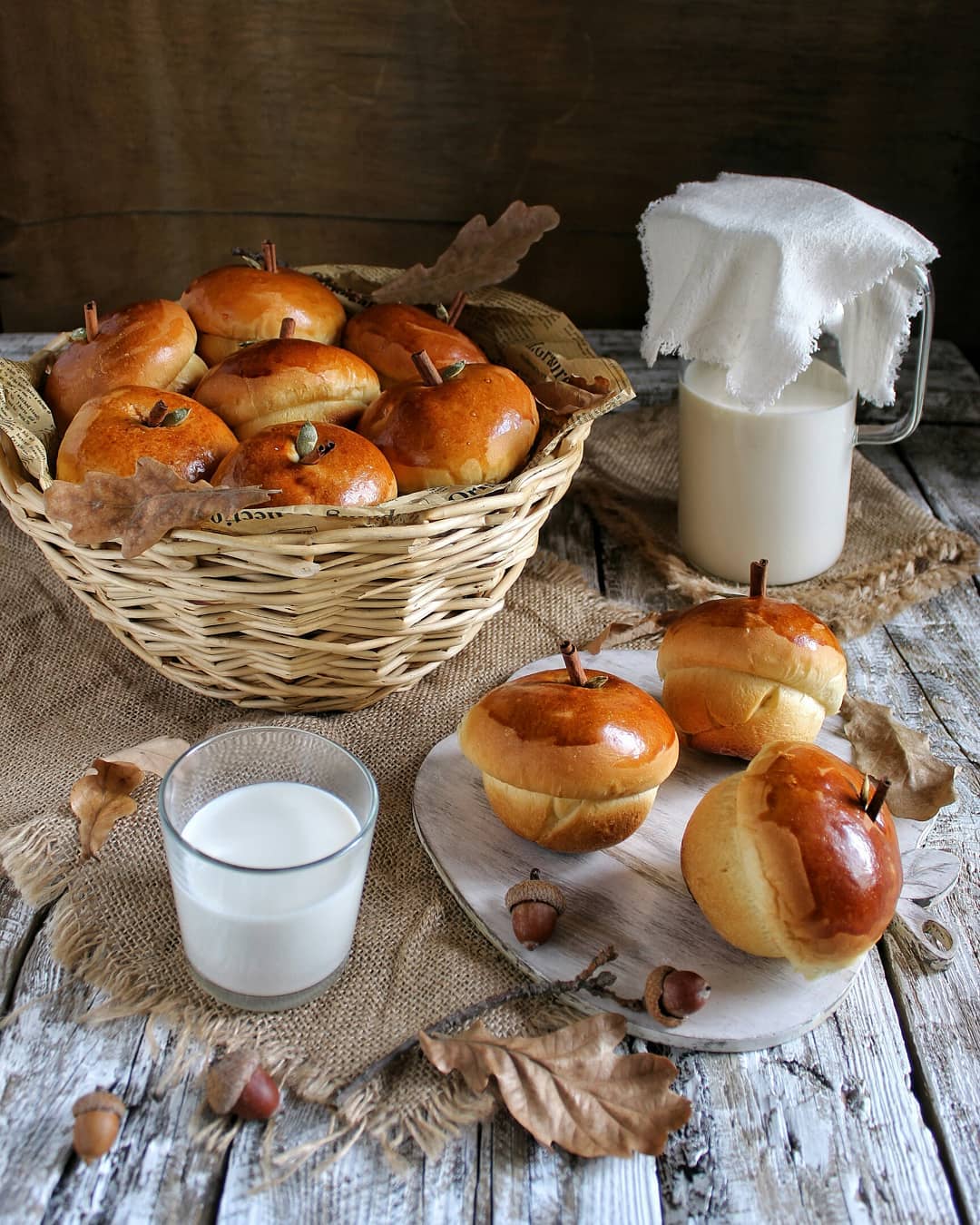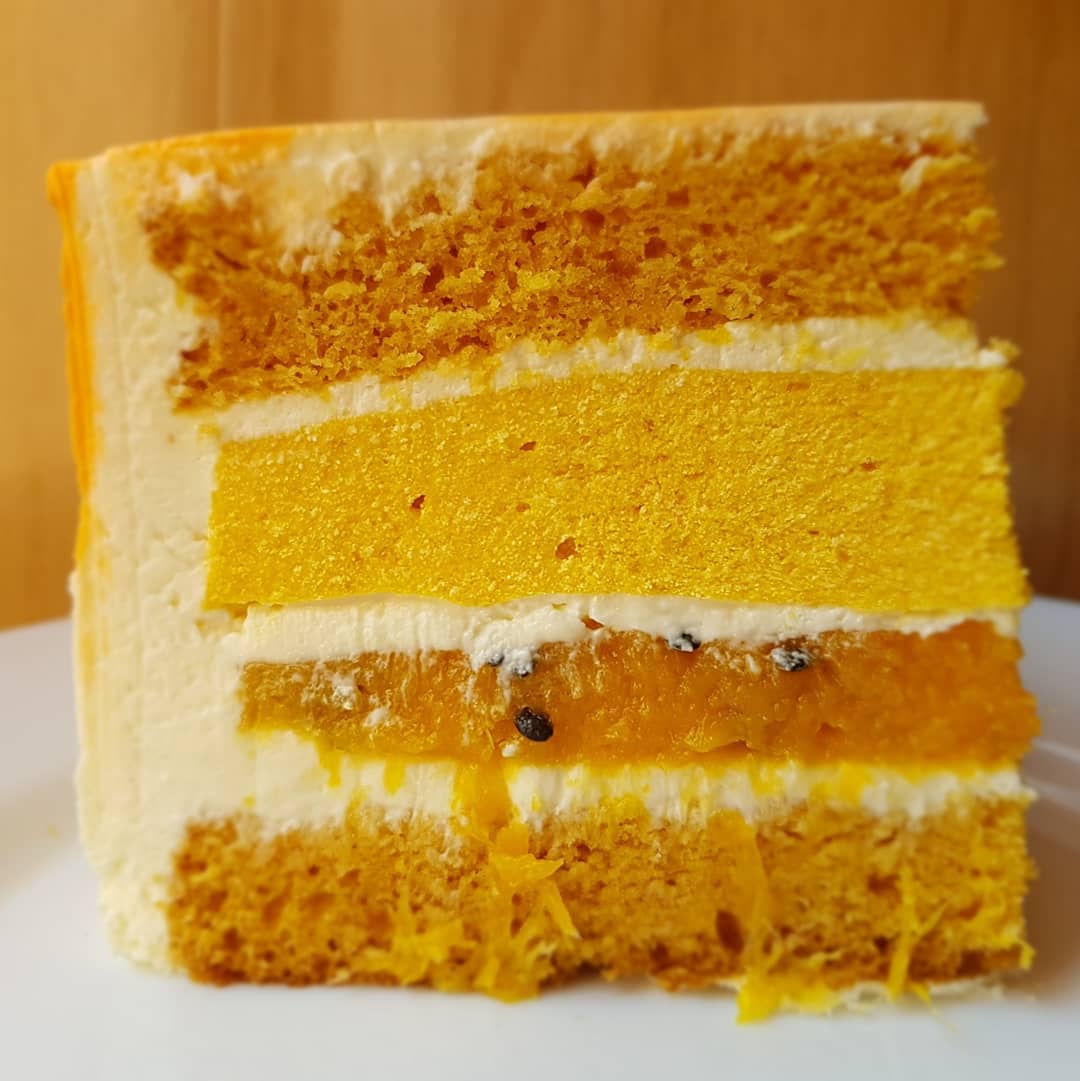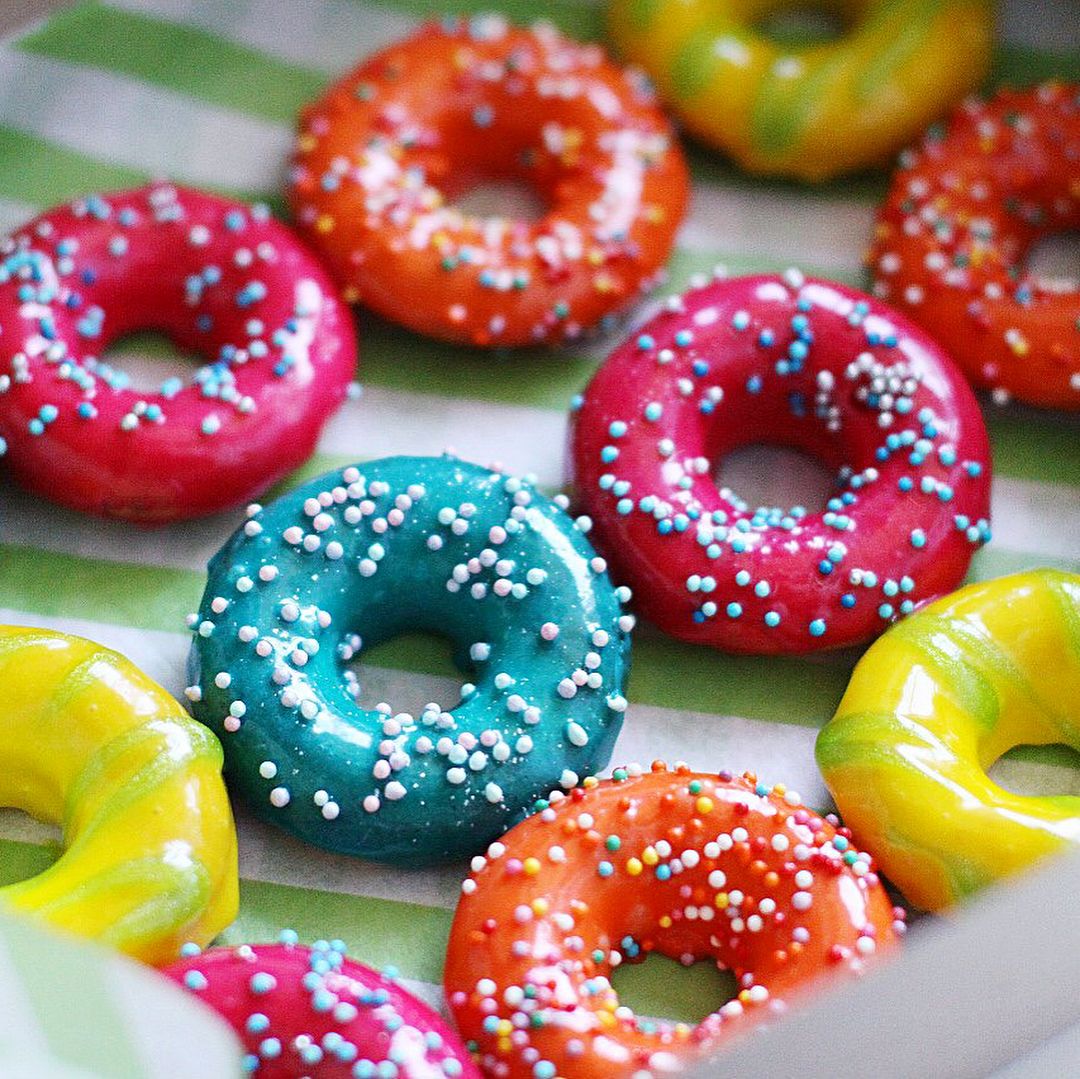Ingredients
Pizza dough
Instructions
Step 1
Step 2
Step 3
Step 4
Step 5
Step 6
Step 7
Step 8
Step 9
Step 10
Step 11
Step 12
Step 13
Step 14
Step 15
Step 16
Step 17
Step 18
Servings
Serving homemade pizza is an experience of its own. 🍕
Classic Margherita: Top your pizza base with fresh tomato sauce, slices of mozzarella, a sprinkle of basil, and a drizzle of extra virgin olive oil. Serve it hot with a side of mixed green salad.
Pepperoni Party: Layer pepperoni slices generously over a base of tangy tomato sauce and melty mozzarella cheese. This crowd-pleaser pairs wonderfully with a cold beer. 🍺
Veggie Delight: Load your pizza with colorful bell peppers, mushrooms, onions, and olives. Add a dollop of pesto for an extra punch of flavor. Serve it with a refreshing lemonade. 🍋
Sweet Endings: For a dessert twist, spread Nutella over a baked crust, sprinkle with chopped nuts, and finish with sliced strawberries. Perfect for a sweet tooth! 🍓
Equipment
A stand mixer with a dough hook attachment is ideal for kneading dough, ensuring it's as smooth and elastic as possible.
Use various sized bowls for mixing ingredients and allowing the dough to rest and ferment.
A container greased with olive oil will prevent the dough from sticking and facilitate easy handling during fermentation.
These provide optimal heat distribution for a perfect, crispy pizza crust. If not available, a pre-heated baking sheet works well too.
Although optional, a rolling pin can help shape your dough uniformly. Remember to lightly flour your surface to prevent sticking.
Variations
Adapt this pizza dough recipe to fit your dietary needs! 🌱
Gluten-Free: Swap the flour in the recipe with a gluten-free flour blend. Ensure the blend contains xanthan gum or add it separately to help the dough rise and maintain elasticity.
Vegan: This recipe is already vegan-friendly, but if you’re adding toppings, stick to dairy-free cheese alternatives and load up on veggies for a fully plant-based meal. 🌿
Pro Tip: Always check ingredient labels to confirm they meet your dietary restrictions.
Faq
-
How do I know if my dough is properly kneaded?
Your dough should be smooth, elastic, and slightly tacky to the touch. If it tears easily, it needs more kneading.
-
Why is my pizza dough not rising?
Ensure your yeast is active and the ambient temperature is warm enough for fermentation. Cold conditions can slow down the rising process.
-
What if I don't have a pizza stone?
No worries! You can use a pre-heated baking sheet or an upside-down cast iron skillet for similar results.
-
Can I freeze the pizza dough?
Absolutely! After the dough has risen, divide it into portions, wrap each one tightly, and freeze. Thaw it in the refrigerator overnight before use.
-
How thin should I roll out my dough?
It depends on your preference. For a thin crust, roll it out to about 1/4 inch thick. For a thicker, chewier crust, aim for about 1/2 inch.
-
What can I do to get a crispy crust?
Preheat your pizza stone or baking sheet, and bake at a high temperature (482°F/250°C). Ensure your oven is fully preheated before baking.

